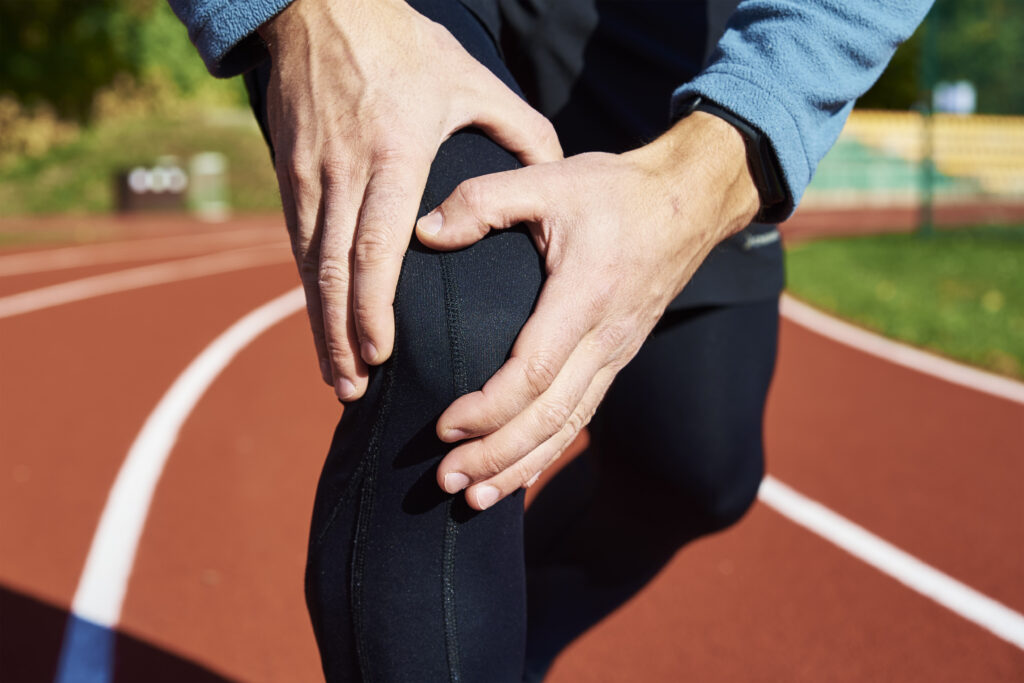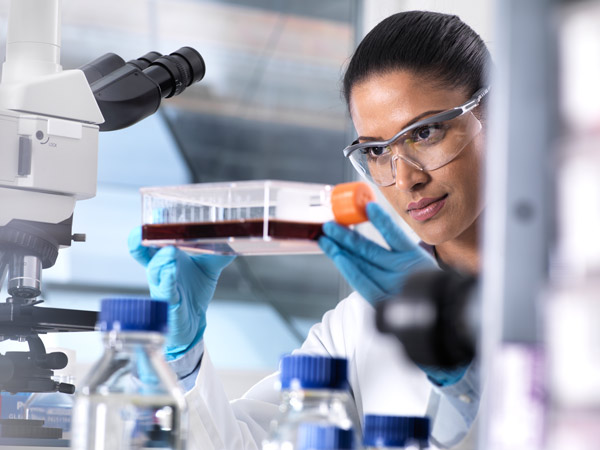Stem cell therapy for joint injuries is still a relatively new branch of medicine. This means that the treatment is considered experimental and research on the effectiveness of the treatment is still evolving.
So far, studies have shown that stem cell therapy may help to promote the healing of joint injuries. For example, one study found that stem cell transplantation could alleviate joint pain, restore functioning, and minimize trauma in patients with knee damage1. Reviews of clinical studies have also found that stem cell therapy can effectively improve symptoms in tendon disorders and musculoskeletal injuries2 3.
While early results look promising, it should be recognised that the extent of effectiveness varies greatly between studies. Much more high-quality research with carefully designed clinical trials is needed to improve our understanding of the efficacy of stem cell therapy for joint injuries.




